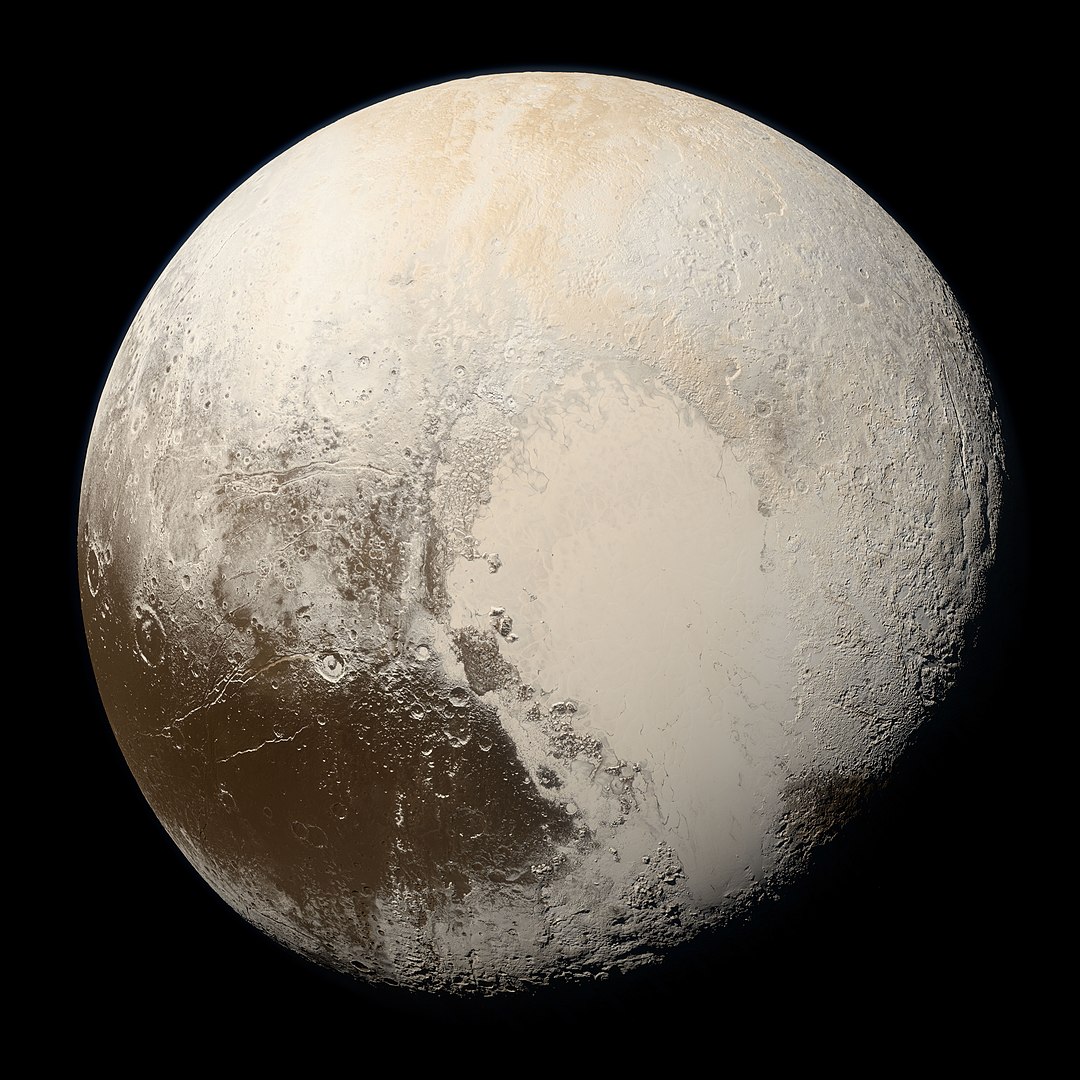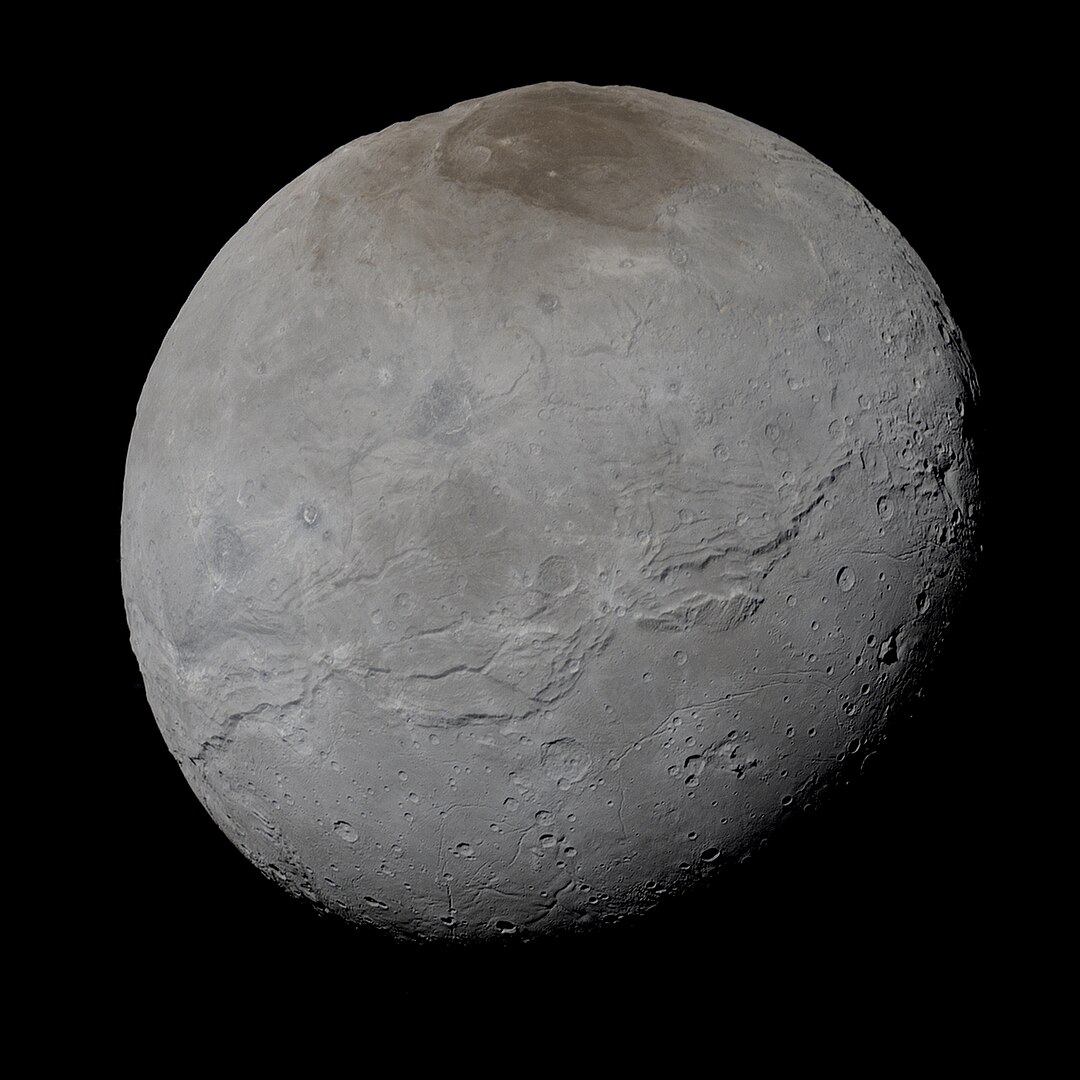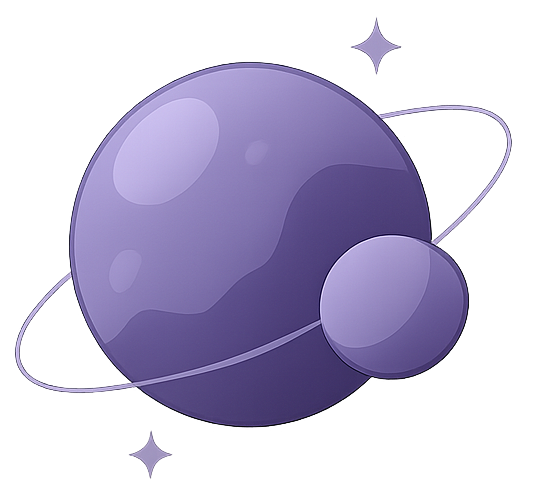New Horizons Reached Pluto
On July 14, 2015, NASA's New Horizons
spacecraft made its historic closest approach to Pluto, providing
humanity's first detailed images of the dwarf planet and its moons.
The spacecraft was launched on January 19, 2006, making its journey to Pluto take approximately 9 and a half years, traveling more than 4.8 billion kilometers (3 billion miles) through space.

Pluto - Surface details revealed by New Horizons

Charon - Pluto's largest moon
Current Mission Status
After its historic Pluto encounter, New Horizons has ventured deeper into the Kuiper Belt — a vast region beyond Neptune filled with icy bodies and ancient relics of the solar system's formation.
On January 1, 2019, the spacecraft performed a successful flyby of Arrokoth (formerly known as 2014 MU69), the most distant object ever visited by humanity — located more than 6.6 billion kilometers from Earth.
Today, New Horizons continues its extended mission, exploring the outer edges of our solar system and sending back data from the Kuiper Belt — unlocking secrets about the earliest days of planetary formation.
Time Since New Horizons Launch
Calculating...
Mission Objectives
New Horizons was designed to perform the first close-up study of Pluto and its moons — mapping their surfaces, analyzing their atmospheres, and searching for additional moons or rings. Beyond Pluto, it continues its journey through the Kuiper Belt, studying the ancient building blocks of our solar system.
Journey Through the Solar System
Launched at a record-breaking 58,536 km/h (36,373 mph) on January 19, 2006, New Horizons remains the fastest spacecraft ever launched from Earth. A gravity assist from Jupiter in 2007 boosted its speed even further, saving years of travel time to Pluto.
What’s Next for New Horizons?
New Horizons is now venturing deeper into the Kuiper Belt, exploring distant icy worlds and studying the outermost regions of our solar system. By the late 2030s, the spacecraft may cross into interstellar space, joining legendary missions like Voyager 1 and Voyager 2.
